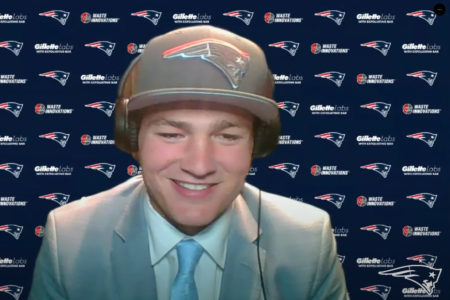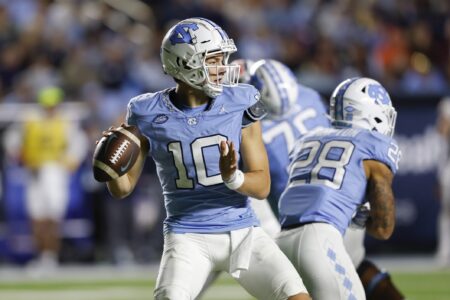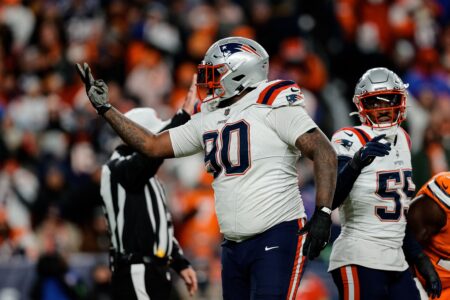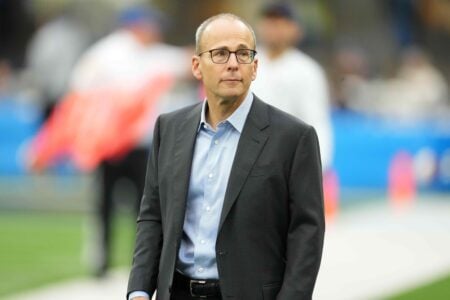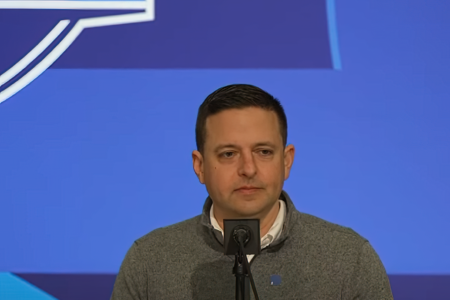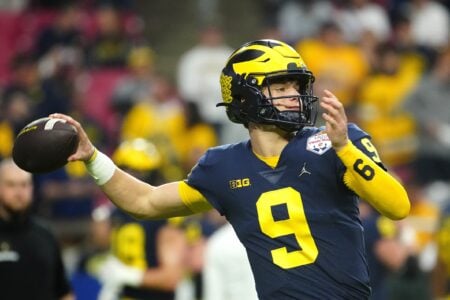A great question and a great thread!
I have a hard time adjusting myself to the "ceiling-floor" thinking but I have an idea of what might be behind it.
Think of what you're looking for in a draft pick.
1. Physical-athletic ability
2. Attitude and self-discipline
3. Ability to adapt and develop in the NFL (the ability to adjust to a more complex and demanding form of the game).
Basically, 1 and 2, you should be able to scout reasonably effectively. 3 is more of a guess and a gamble. Some do it better, some do it worse.
Now, I think that to be an outstanding player in the NFL you need to be outstanding on Physical-athletic ability as well as having (2) and (3) at an adequate level. Basically, however motivated and smart you are, physical-athletic ability sets your ceiling. So teams are tempted to hope for the best with (2) and (3) when they have a player who has (1).
Cases in point: Randy Moss, Wes Welker and Troy Brown. Wes and Troy have made absolutely everything of themselves that they possibly could. But, love them as we do, neither could be the dominant "franchise player" that teams hope for in Round One. Would teams have been better off drafting Troy or Wes in Round One than some of the famous busts (Rogers, Terrell, etc., etc.)? Of course. But teams could easily see that they didn't have the physical-athletic upside and so it was natural that they weren't drafted early. Now look at Randy. Everyone knew he had fantastic physical-athletic ability. There were, though, question marks about his personality and attitude. We now know that he's a fantastically committed athlete with (according to BB -- so no arguments there!) a great football brain. But it's understandable that teams hesitated to take him right at the top of the draft.
Conclusion. Teams are looking for "franchise players" at the top of the draft. For that, outstanding physical-athletic gifts are a requirement and the pool of players who evidently have that is limited. Teams, however, see that as a necessary requirement for an early draft pick and so are prepared to shade -- gamble on -- the requirements of character, commitment and football intelligence. Pragmatically, they would be better off not doing so, but there is obviously a strong element of wishful thinking. (How many times do we read about a high draft pick that he is "a great kid"?)
Finally, we should remember not to underestimate stupidity: if an organization were so brilliant at picking players, why would it have a top draft pick in the first place?





